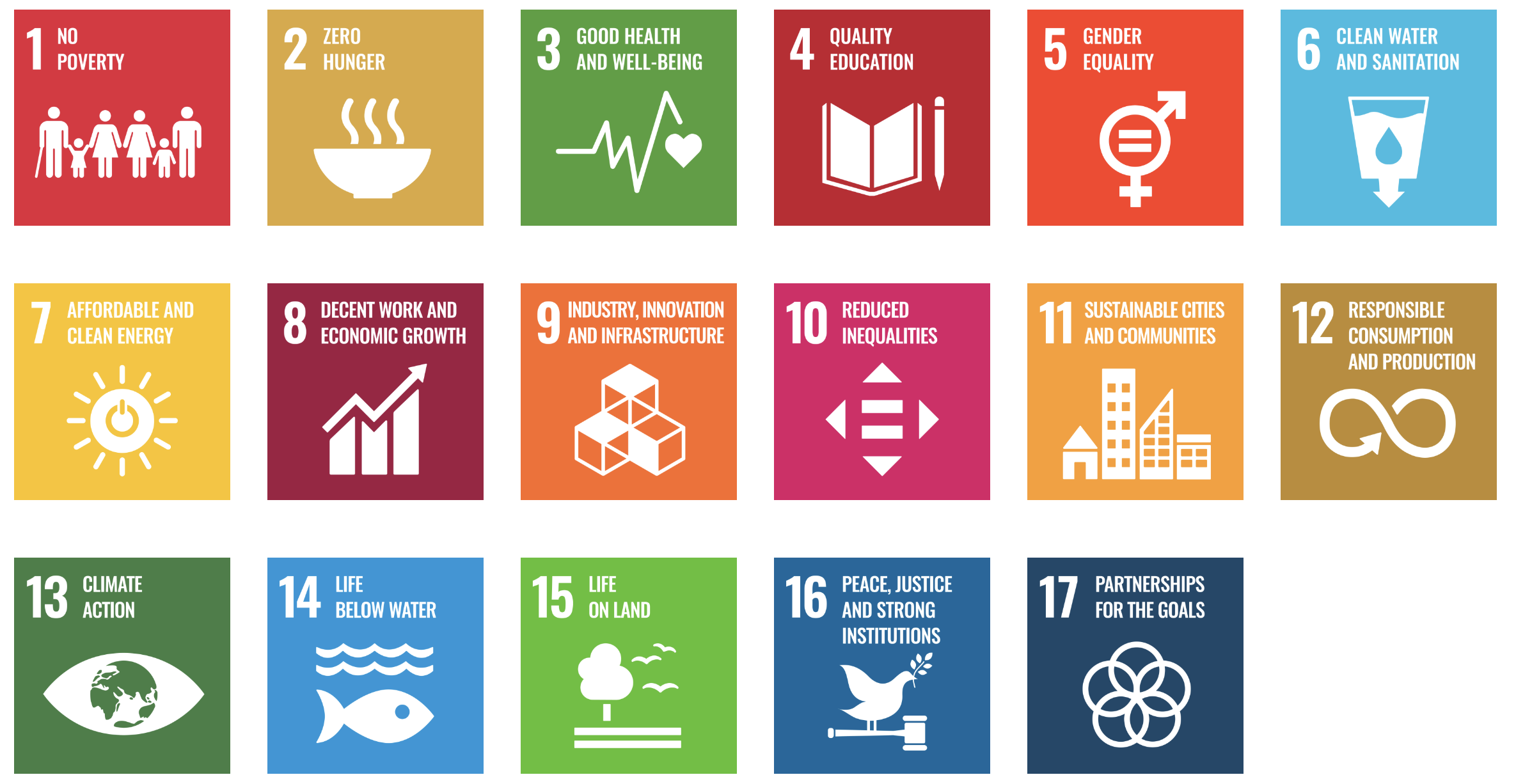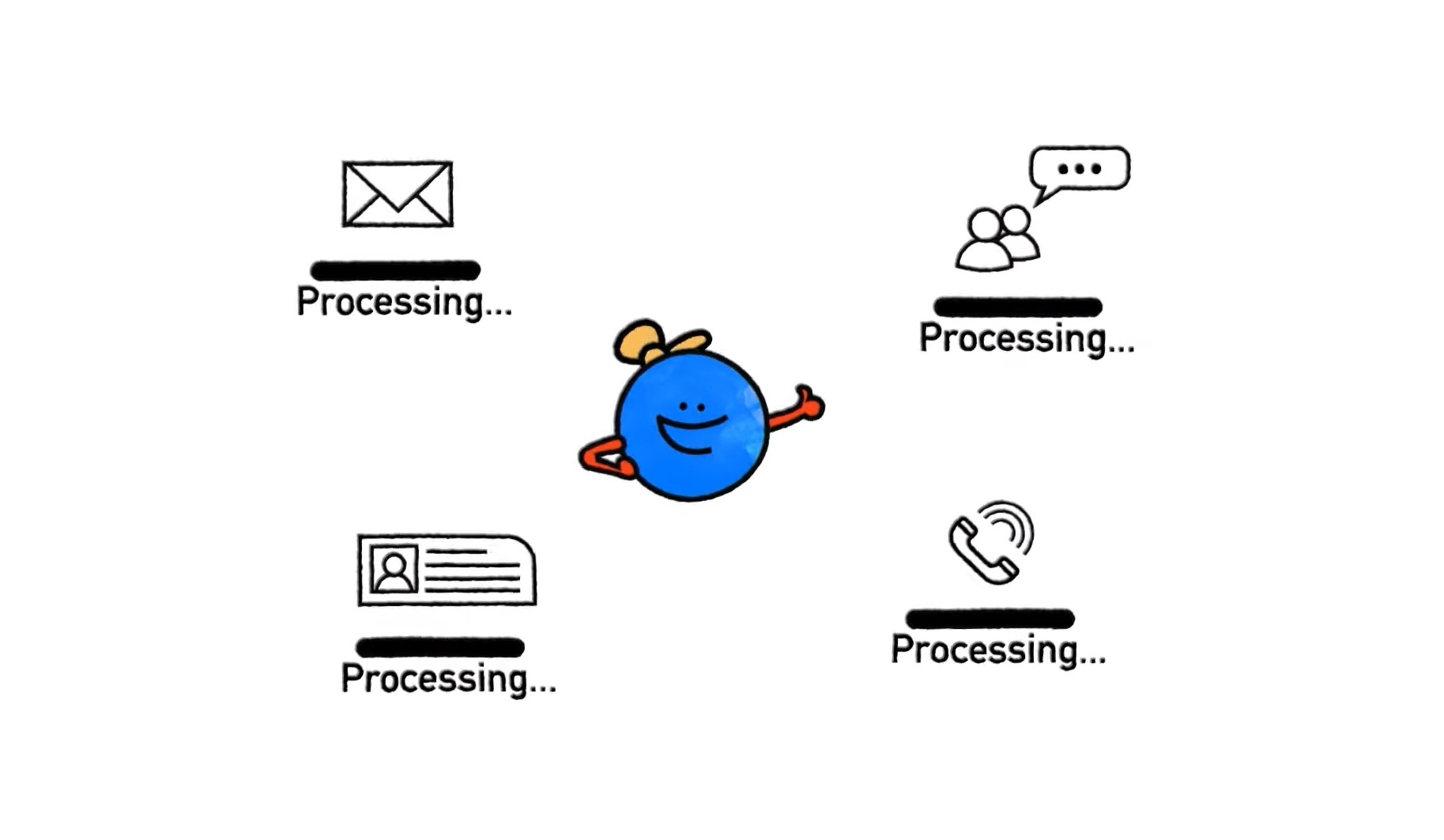Leveraging AI-powered automation to advance financial inclusion
Share at:

It’s time we talked about financial inclusion. Financial services that so many of us take for granted are something that billions of people live without. And turning exclusion into access is absolutely critical in helping to create a fairer, more prosperous society.
The good news is that as the digital revolution continues at pace, bridging this financial services gap becomes possible. Can AI-powered automation help? The answer is that it can play—is already playing—a pivotal role in dismantling the barriers that have historically stood between marginalized communities and access to financial services.
An everyday crisis: billions lack access to basic financial services
A staggering 1.7 billion people don’t have access to a bank account, according to 2021 figures. And it’s not just an issue in developing nations. There are many unbanked people (those without access to any account with a banking institution) and underbanked people (those who have insufficient access to financial services) in developed nations, too. In 2021, 18.7 million (14.1%) of U.S. households were underbanked and 5.9 million (4.5%) were categorized as unbanked.
Imagine being excluded, to any degree, from the range of financial services that so many people have at their fingertips. From simply being able to transfer money or pay a bill to applying for a loan or mortgage. For those billions of unbanked and underbanked people, the frustration of lacking access to something that’s so ubiquitous is an everyday reality.

So it’s no surprise that the United Nations (UN) puts financial inclusion at the center of its 2030 Sustainable Development Goals (SDGs). Of the seventeen objectives—which range from quality education to decent work and economic growth—financial inclusion features in eight. UiPath aligns its own environmental, social, and governance (ESG) strategy to the UN’s SDGs. And it sees AI-powered automation as a force for good. Something that can have a far-reaching impact on society.
Enter the great equalizer
AI-powered automation is certainly a great equalizer of inequality within financial services—democratizing banking by democratizing data science. Access is the key theme in both parts of the equation: access to financial services enabled by access to the tools that can transform banking processes. This could be chatbots making it easier for new or underserved customers to use digital financial services. Or machine learning algorithms that analyze a variety of data to more accurately—and fairly—assess risk.
Process automation—think time-consuming data entry, document verification, and the like—enabled through the UiPath Business Automation Platform is a game-changer for financial services. It streamlines operations and increases the ability to onboard the previously unbanked. I also see how it can open up a range of services to underserved customers—low-deposit mortgages, microlending, early wage access, and more.
What was once prohibitive from a cost and time perspective—credit scoring and fraud detection, for instance—is now possible through AI-powered automation. Similarly, greater efficiencies in onboarding and application processes are to be had with UiPath Process Mining.
Natural language processing (NLP) also comes into play. When we talk about tailoring services, it’s even harder for banks to pinpoint the needs of an underserved customer. UiPath Communications Mining uses NLP to analyze text from interactions. So, the process of customizing the experience by offering the right services at the right time becomes more efficient and increases return on investment.

Putting automated intelligence into action
Broadly speaking, we can see the benefit of AI-powered automation on companies and people. Workflows are simpler and quicker. And teams are reskilled and upskilled with automation training. The training gives them the tools to improve support for unbanked and underbanked people.
Register for the UiPath Financial Services Summit to see how companies like JP Morgan and The Standard are upskilling their workforces.
But what does this mean in practice? How can banks like Wells Fargo—which has a 10-year commitment to providing unbanked communities with affordable access to low-cost banking and financial education—use AI-powered automation to drive inclusion? Let’s take a look at the art of the possible.
Digital identity is one of the biggest barriers to accessing financial services. Here, automation could transform traditional verification processes through biometric technologies like fingerprint and facial recognition. Financial inclusion would no longer rely on physical forms, face-to-face meetings, and so on.
It’s easy to feel overwhelmed by the complexities of today’s financial systems—particularly those who’ve been excluded from it. Technology has a pivotal role to play in overcoming these issues. With AI-powered automation, for example, it’s possible to hyper-personalize outreach and education services, helping people navigate what can be complex and often confusing processes. This is a win for both the individual and the banks looking to serve them. Not only can institutions offer tailored services to customers they couldn’t reach before, automation could let them do so at a much reduced cost.
Another significant challenge for the unbanked and underbanked is access to credit. With automated credit scoring using alternative data sources such as mobile phone use and payment history, the lending process becomes streamlined and less risky.
People now have access to microcredit so they can start businesses, fund ideas, and contribute to global economic growth. It’s not just services like microloans. With automated data analysis, banks are more informed. So, they’re better able to offer things like early wage access and peer-to-peer lending with greater confidence. Another win-win situation.
Fraud prevention obviously underpins every process that I’ve touched on here. And a key challenge for financial institutions is balancing risk with benefits (both for themselves and the customer). Automating fraud detection and Know Your Customer (KYC) compliance is transforming how banks do this.
Truist Bank, for example, used to absorb the cost of low-dollar card fraud. Refunding the customer was easier and more cost-effective than employing teams to investigate every claim and manage refunds from payment processors. But when fraud levels rose from 37,000 claims annually to 26,000 a month during the pandemic, Truist took action with automation. Now, digital workers and existing business logic connect with the payment processor and get the claims reimbursed automatically. The impact has been significant—with upwards of eight figures in new money coming back into the bank.
Check out the “Safety and soundness: Navigate risk ahead of the curve" session at the UiPath Financial Services Summit (now available on demand). You’ll see more on how companies like OneAmerica are approaching customer onboarding and KYC.
It’s important to note that these aren’t all just concepts that chief information officers and their counterparts are having tentative conversations about. They’re applications of AI-powered automation that innovative financial services companies are already using to reach traditionally underserved populations.
A new era of hope through automation
Over the next few years, as emerging technology is applied across banking to make more services more accessible to more people, we'll feel the societal impact of greater financial inclusion.
It’s not about machines doing tasks. It’s about empowering the marginalized. The fostering of entrepreneurship, innovation, and ideas. Ultimately, it’s about doing what we can to create a sustainable and scalable global economy.
We have an immense capacity to do good. It’s incumbent on every business, government, and financial institution to play their part in unlocking opportunities and boosting the prospects of every human being. Together we can harness the power that makes financial inclusion a fundamental right for all, without exception. For the good of everyone.
Is AI-powered automation part of your strategic agenda? Check out our financial services page to see how the world's most successful banks are embedding automation into customer experience, lending, risk mitigation, and much more.
Editor’s note: this is a guest blog post. Views represented in this blog post belong to the author and are not necessarily representative of UiPath.

CxO Strategic Advisor, Stealth Startup
Get articles from automation experts in your inbox
SubscribeGet articles from automation experts in your inbox
Sign up today and we'll email you the newest articles every week.
Thank you for subscribing!
Thank you for subscribing! Each week, we'll send the best automation blog posts straight to your inbox.



